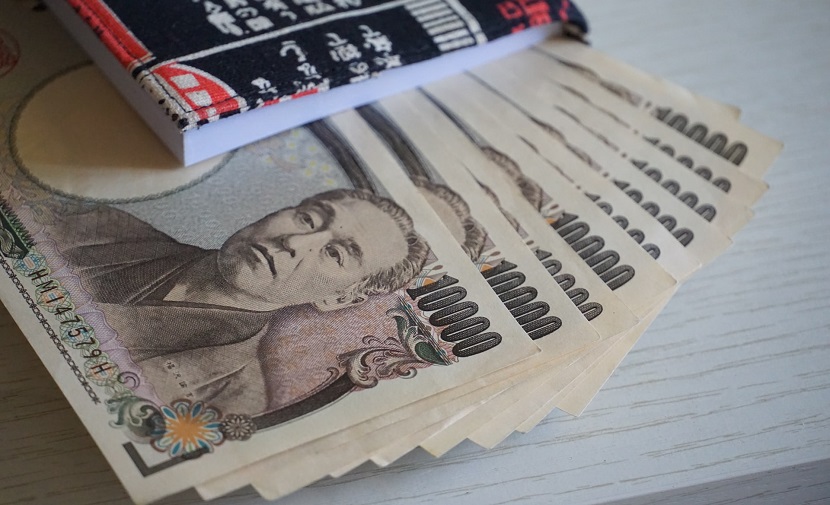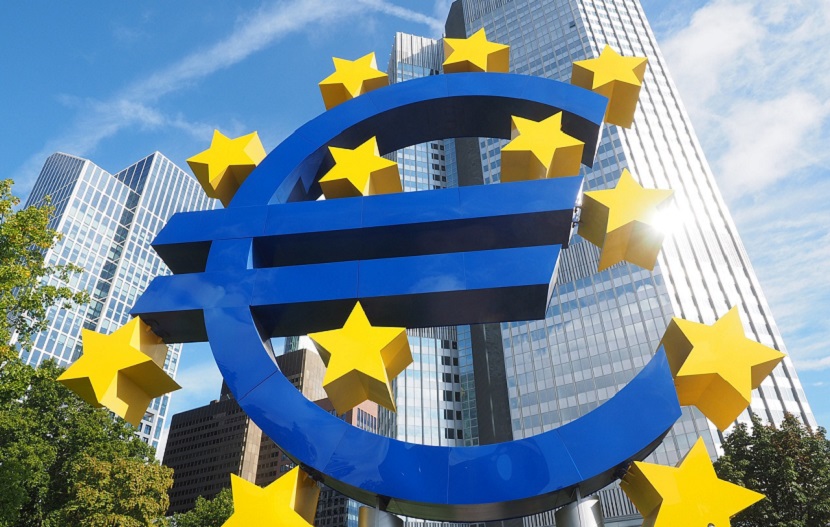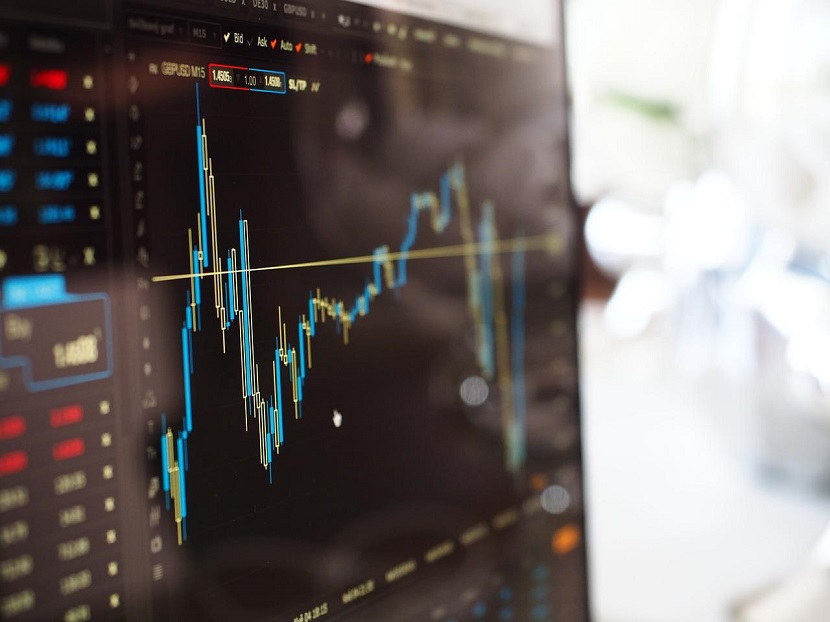According to a new CNBC Delivering Alpha investor survey, fund managers are feeling rather upbeat going into 2023 despite the last year’s financial turmoil. A few of the trades that foreign fund managers are making their top selection on for 2023 include the dollar’s reign (surely) coming to an end, bonds rebounding, and emerging markets gaining once more. The focus is fully on how badly economies are currently collapsing and whether that causes the Federal Reserve to reverse direction as a result of sky-high inflation and the worldwide gut-punch of roughly 300 central bank interest rate hikes over the last 12 months.
The S&P 500 will increase 6% to 10% next year, according to four out of ten forecasters. Almost 2 out of 10 people want increases between 11% and 19%. The S&P 500 is forecast to conclude 2022 down by 19%, but 6% are calling for stocks to rise by more than 20%, wiping out this year’s losses. Here is the top selection by fund managers for 2023.
Risks and the Fed in the fund managers top selection for 2023
As the Federal Reserve keeps raising interest rates, over half of the respondents are hopeful that the central bank might engineer some kind of “soft landing” for the economy. In fact, authorities raised rates by half a percent earlier this month, reaching their highest point in 15 years. Notably, an overwhelming 73% of the participating fund managers for CNBC’s survey responded that Fed policy was their top concern for the market.
The U.S. dollar may get competition
The dollar index, which compares the performance of the dollar to other major currencies, increased by more than 15% between January and November 2022 as a result of the Fed’s aggressive rate hikes. The markets are putting the Fed’s commitment to remain hawkish to the test. The dollar index will decline by more than 10% in 2023, according to Joe Little, global head strategist at HSBC Asset Management, “based on inflation peaking and a Fed policy shift.” After the Bank of Japan abruptly changed the “yield curve control” scheme it had been using to maintain its interest rates near to zero, the yen may also be a driving factor.

Get Chinese stocks
Fund managers in their top selection for 2023 believe that Chinese stocks are making a comeback after a difficult few years thanks to the relaxation of Covid-19 regulations, greater emphasis on economic growth, and stabilization of the frail real estate market. Uncertainty persists as Covid fatalities increase once more, but enthusiasm is unquestionably present for a reopening that will eventually boost Asian capital markets and deal-making.
From November until the middle of December, the MSCI China index increased by about 40%, but more could happen. In its 2023 model portfolio, which includes stocks like Tencent and Trip.com, BNP Paribas has upgraded China to “overweight” because it believes that travel, domestic consumption, and technology shares can rise even further.
Re-emerging markets make a comeback
Whisper it, but after 2022 brought about some of the greatest losses ever, the emerging markets (EM) bulls are back. China eases up on the condition that global interest rates stabilize. According to UBS, EM stocks and fixed income indices might see total gains of between 8 and 15% in 2023, assuming there are no further limitations and no nuclear war. A “bullish” Morgan Stanley predicts that EM local currency debt will yield close to 17%. Hard currency debt is a particular favorite of Credit Suisse, while Jeffrey Gundlach of DoubleLine, sometimes known as the “bond king,” favors EM stocks as his top investment.
Performance after previous losses supports this wave of hope. Following the Asian financial crisis in 1999, the MSCI EM equities index increased by 64%, and then by 75% in 2009. After falling by 12% during the global financial crisis, EM hard currency debt had a staggering 30% recovery.

Looking forward to bonds
Many predict a recovery after the worst year ever for bond investors. As recessions begin to bite, inflation, which is the bond market’s enemy since it drives up rates and reduces returns, is likely to moderate this year. By the end of 2023, headline U.S. inflation, according to economists surveyed by Reuters, is forecast to slow to 3.1%. According to the Amundi Institute’s fixed income strategist Valentine Ainouz, the 10-year US Treasury yield will conclude 2023 at 3.5%, down from its current level of about 3.88%.
Senior strategist at Van Lanschot Kempen Joost van Leenders invested in Treasuries in August with the belief that “inflation will come down because economic growth comes down.” He continued to be cautious when it came to eurozone bonds because the ECB is now leaving the market and raising rates.

Equities: Buy now and sell later
Equity investors anticipate that the stock market will close the year comfortably higher as the global economy takes a V-shape. According to JP Morgan strategists, the first half will be marked by “market instability and economic downturn,” while the second half will be better as the Fed finally decides to “pivot.”
Hani Redha, a portfolio manager at PineBridge Investments, predicts that US stocks will continue to decline before reaching a low in the first half of 2023, although Trevor Greetham, a portfolio manager at Royal London Asset Management, believes it may take longer.



